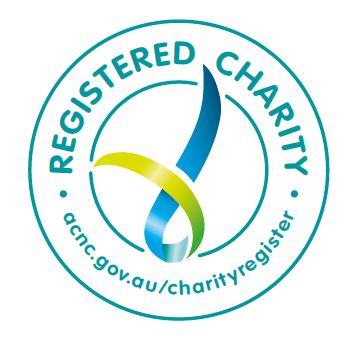 In February 2023, rakali activity was reporting at dusk in the Preston-Coburg reach of Merri Creek. A busy rakali was observed busy foraging, swimming, diving, and nibbling. Rakali have also been regularly spotted at Coburg Lake.
In February 2023, rakali activity was reporting at dusk in the Preston-Coburg reach of Merri Creek. A busy rakali was observed busy foraging, swimming, diving, and nibbling. Rakali have also been regularly spotted at Coburg Lake.
How to tell the difference between rakali and platypus
- Rakali are typically similar in size to small platypus and have brownish colouring and furry skin in common. However rakali has a long, skinny, white-tipped tail compared to a platypus' paddle-like shaped tail. Also, platypus have a very wide, flattish bill, while rakali have a pointy shaped face.
- The ripples formed on the water surface by submerged rakali differ from diving birds and platypus, as their swimming and diving movements are subtly different.
More spotting tips here.
Rakali Hydromys chrysogaster is a remarkable diving, paddling, carnivorous, semi-aquatic rodent native to Australia. Also known as a water-rat, rakali is the Ngarrindjeri Aboriginal people’s name for it in the lower Murray River and Coorong region of South Australia.
Rakali is a native Australian placental mammal going back millions of years. They are as native a part of Australia’s fauna as kangaroos, wombats, platypus and microbats. They are furry, have a long white-tipped tail and webbed hind feet. These semi-aquatic creatures rest in nests built in hollow logs or at the end of burrows dug into riverbanks. They can weigh over one kilogram and are sometimes confused with platypus although they share waterways happily due to their different diets. Rakali dine on fish, large mussels and crabs, and frogs.They have a reputation for their intelligent approach to poisonous cane toads in more northern parts of Australia - they flip them over and avoid the poisonous areas before feasting on hearts and livers. Learn more about rakali.
Please report rakali sightings: Report a Sighting – Australian Platypus Conservancy
Photo: Rakali in Coburg Lake. Photogapher Michael Hamel Green





 Merri Creek Management Committee. 2 Lee St, East Brunswick, Victoria, Australia 3057
Merri Creek Management Committee. 2 Lee St, East Brunswick, Victoria, Australia 3057